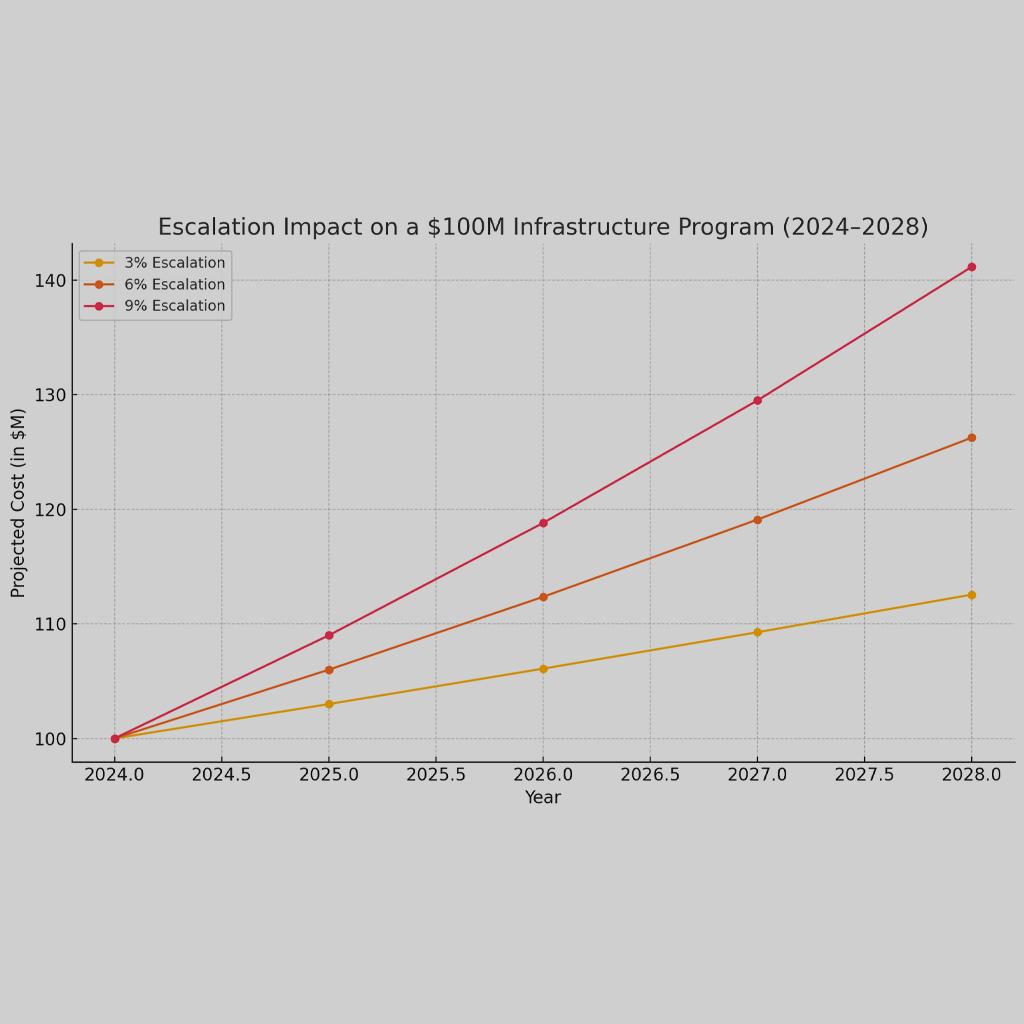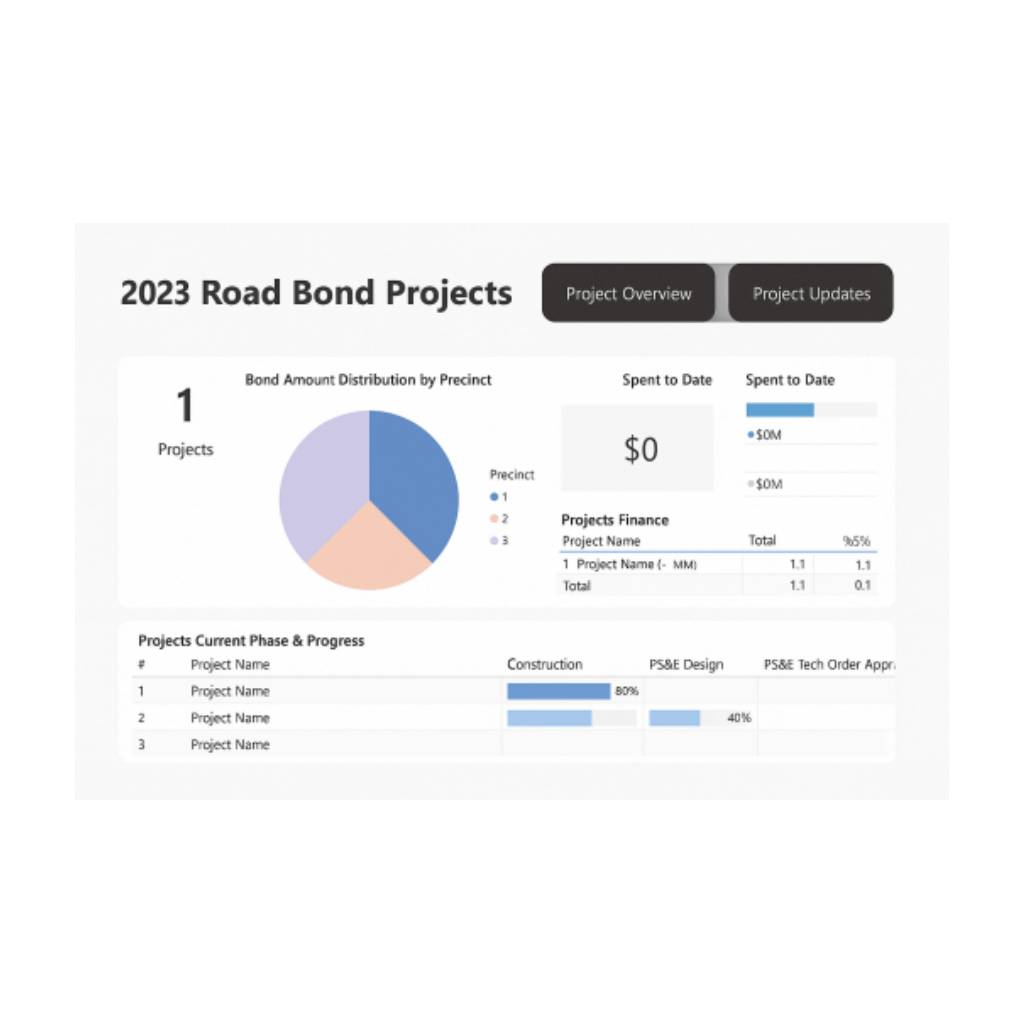The pulsating heartbeat of a city is its community—the weave of stories, cultures, and interactions that give it life. Amidst the dizzying pace of urban expansion, it’s easy to let skyscrapers overshadow the tales of old streets, or the clamor of development drown out the community’s voice. The real challenge lies in expanding a city’s horizons without compromising its soul. How do leaders ensure that the tapestry of the community remains vibrant, even as new threads are woven in?
Preserving Cultural and Historical Landmarks
1. Recognizing the Value of a City’s History in its Growth Narrative
History isn’t just about the past; it shapes the future. Every city has its narrative, a legacy that has stood the test of time. Recognizing and valuing this history isn’t mere nostalgia—it’s an acknowledgment that the city’s roots are vital to its growth trajectory.
2. Strategies for Integrating Modern Infrastructure without Overshadowing Heritage
Modernization is essential, but not at the expense of a city’s heritage. Innovative urban planning can integrate state-of-the-art infrastructure while preserving historical landmarks. Adaptive reuse, for example, can breathe new life into old structures, making them relevant to today’s needs without compromising their historical significance.
Promoting Community Engagement
1. Organizing Town Hall Meetings, Workshops, and Public Consultations
A city’s greatest consultants are its residents—they live the story, and they know its nuances. Regular town hall meetings and public consultations ensure that the collective wisdom of the community shapes the development narrative. These forums foster a sense of ownership and ensure that the city’s evolution is a collaborative endeavor.
2. Building Platforms for Residents to Voice Concerns and Contribute Ideas
Beyond formal meetings, it’s crucial to have continuous channels where residents can voice their concerns, share their insights, and contribute to the city’s development. Digital platforms, community bulletin boards, and feedback mechanisms ensure that the dialogue is always alive.
Ensuring Inclusivity
1. Equitable Distribution of Resources and Amenities
As a city grows, so does the risk of disparity. It’s crucial to ensure that the fruits of development are shared equitably. Whether it’s access to parks, public transportation, or educational facilities, every resident should have equal access, ensuring that no pocket of the community is left in the shadows of progress.
2. Prioritizing Affordable Housing and Essential Services
Housing and essential services are the bedrock of community stability. As property values rise and commercial interests sweep in, leaders must prioritize affordable housing. Ensuring that residents, irrespective of their economic status, have access to quality housing and essential services ensures a cohesive and inclusive urban fabric.
Conclusion
The allure of a city isn’t in its skyline but in its streets, its tales, and its people. Growth, while inevitable, should not eclipse the essence of the community. Instead, it should be channeled to amplify it. As we envision sprawling infrastructures and innovative urban solutions, let’s not forget that at the core of every city’s success story is its community. Protecting and nurturing this community, its history, its voice, and its spirit, should not be an afterthought—it should be paramount.
At Front Line Advisory Group, we are pioneers in Capital Improvement Bond Management, leveraging unparalleled expertise and deep industry insights. Our mission extends beyond consultation – we empower our clients to realize the full potential of their investments, ensuring tax dollars are put to maximum use through astute Program Management Consulting. For more information or to commence your journey towards transformative bond management, reach out to us at info@frontlineadvisorygroup.com













